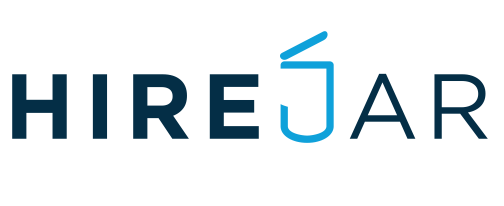The past year was tumultuous for the workforce, characterized by significant layoffs across industries, affecting both small and large companies. As we navigate into another year, the echoes of a “Year of Efficiency” mantra resonate, suggesting that this trend is far from over.
Amidst these changes, the role of Artificial Intelligence (AI) has been pivotal, albeit underacknowledged in formal layoff communications. The question arises: Why retain a software developer when AI can generate code more swiftly and with greater accuracy? Why employ a content creator when AI can achieve similar tasks with increased efficiency?
This transformation, however, opens a complex chapter once the dust settles. Companies, after streamlining their operations, are likely to find themselves in a position where staffing needs emerge anew to implement evolving strategies. As noted by Jack Kelly articulated in his Forbes article “To cut costs, companies will hire contractors instead of permanent employees…”, the inclination is towards hiring contractors over permanent employees.
Claim your Free Subscription to HireJar, the AI Hiring Platform to Fill Any Role, Any Duration
This shift is not solely driven by financial motivations but also by the strategic integration of AI into the workforce. The core team of full-time employees, now augmented by AI capabilities, will require additional operational support, ideally suited to contractors known for their standardized skill sets.
If the hiring managers are caught between opting for contractors or full-time employees, they will find a tradeoff in the Contract-to-Hire model. This approach allows companies to remain flexible, adapting their workforce composition as their needs evolve.
As Jack Kelly outlines in his article, contractors often face significant downsides including instability, lower compensation, and roles that offer limited responsibility and visibility within the company. At the same time, contracting has its pluses such as job flexibility and ability to part ways with problematic employers more quickly. In either case, the shift towards contract work appears inevitable in the era of AI, presenting a new reality for job seekers to navigate.
In conclusion, the employment landscape is experiencing a profound transformation, driven by technological innovations and the quest for greater efficiency. For many professionals accustomed to the security of full-time, permanent positions, adapting to contract roles is becoming a necessity. Securing a coveted permanent position in this evolving environment will likely require a commitment to continuous learning, upskilling, and retraining. This shift not only reflects changes in employment practices but also highlights the importance of flexibility and resilience in the modern workforce.

